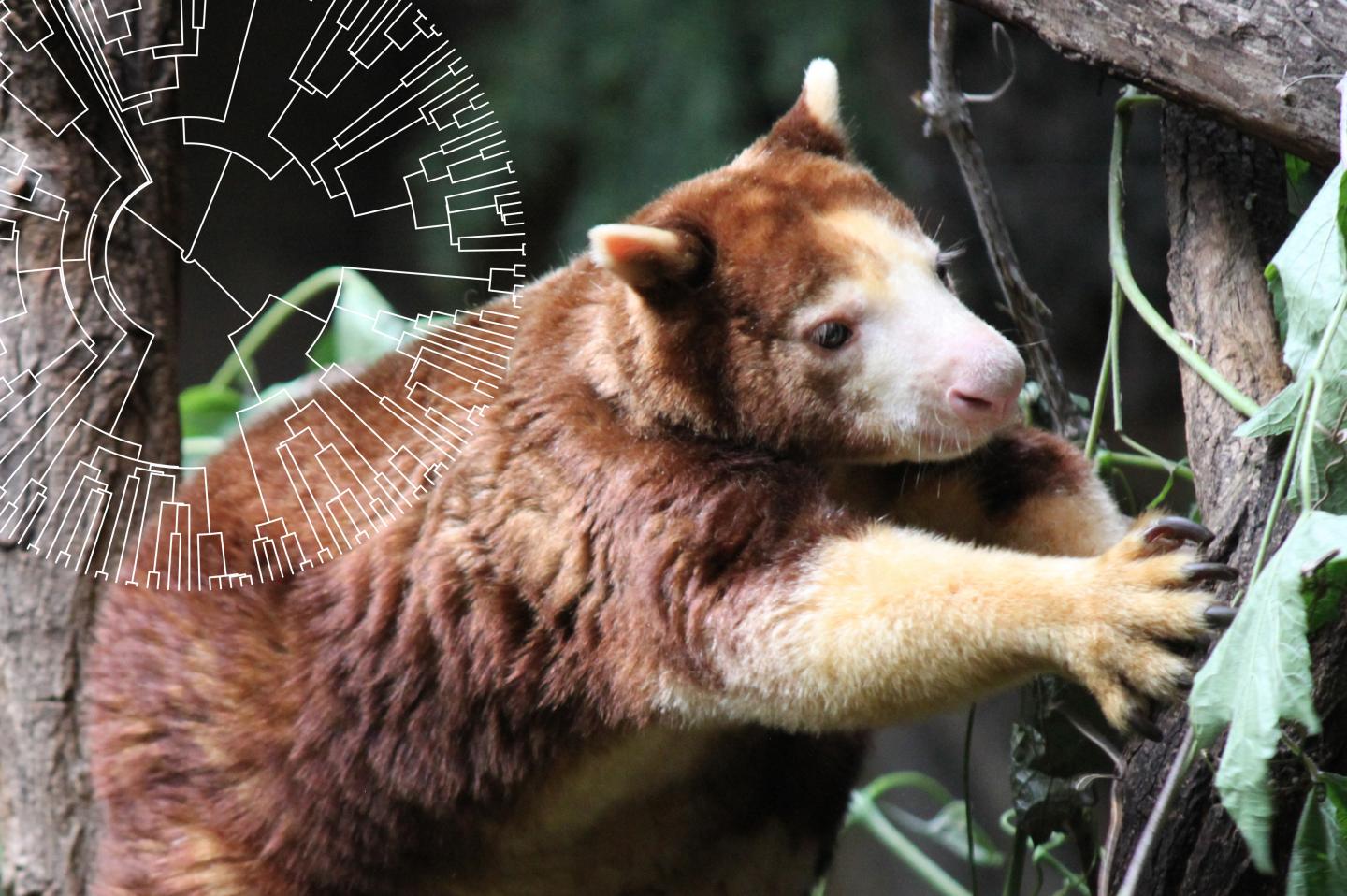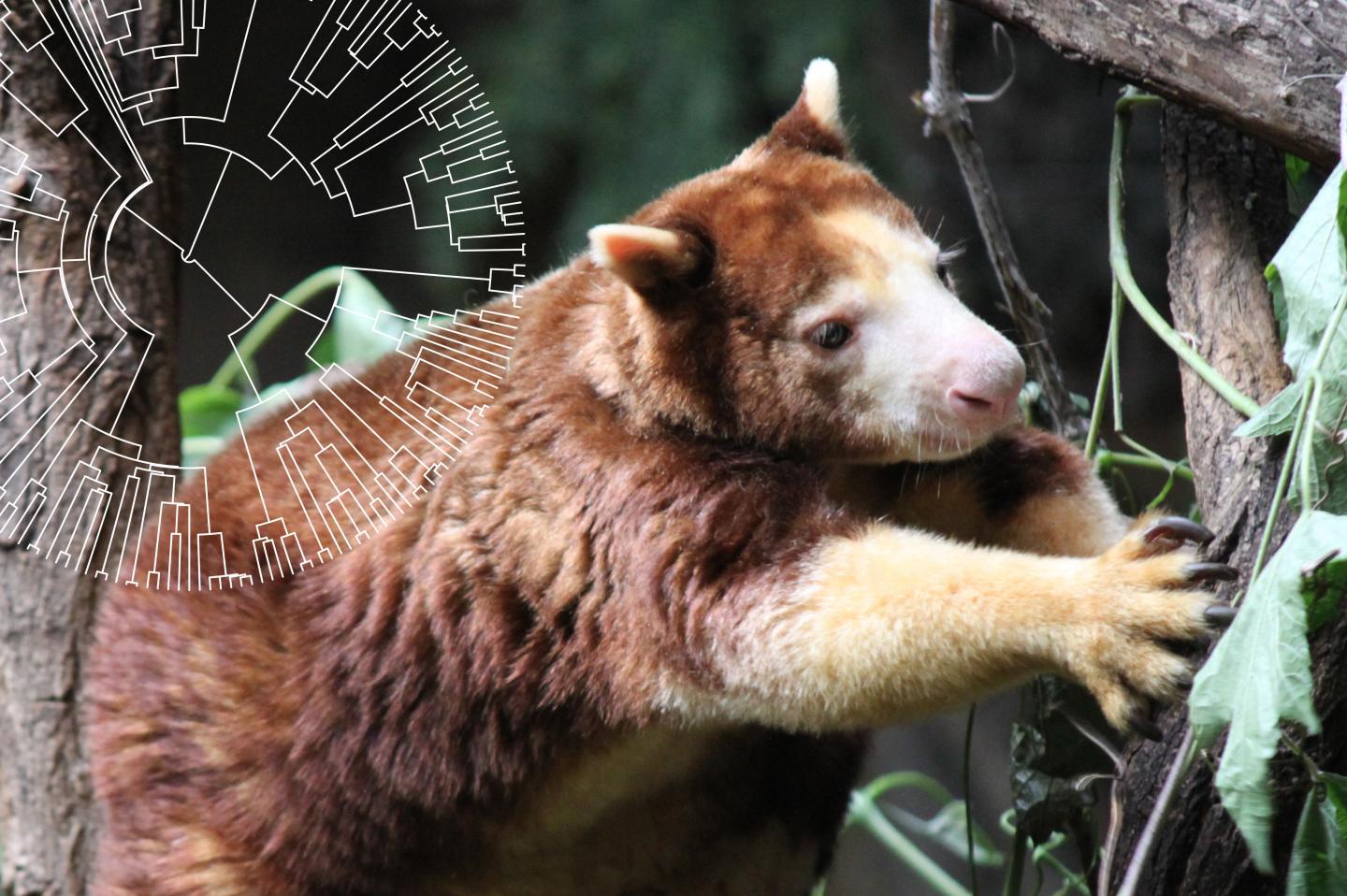
Credit: Florent Mazel
LOGAN, UTAH, USA — Conservation biologists recognize a sobering reality.
"We're losing species left, right and center," says Utah State University scientist Will Pearse. "We call it the 'Noah's Ark Problem,' and we have to pick species to save. We can't save them all."
The biblical mariner seemed capable of building a vessel to accommodate mating pairs of all the world's creatures. The metaphor, today, however, would portray the harried Noah bailing water and valiantly trying to prioritize saving animals most beneficial for the future, as his boat rapidly sank.
Pearse, with colleagues Florent Mazel, Arne Mooers and Caroline Tucker of Simon Fraser University and the University of British Columbia; Marc Cadotte of the University of Toronto, Sandra Diaz of Argentina's National University of Cordoba, Giulio Valentino Dalla Riva of the University of British Columbia, Richard Grenyer of the University of Oxford, Fabien Leprieur of the University of Montpellier and David Mouillot of James Cook University, explore phylogenetic diversity as a metric of conservation prioritization in the July 23, 2018, issue of Nature Communications.
"Our paper tests a fundamental component of conservation biology we refer to as the 'phylogenetic gambit,'" says Pearse, assistant professor in USU's Department of Biology and the USU Ecology Center. "That is, conservation biologists often use species' evolutionary history – their phylogeny – to identify groups of species to save."
This idea is based on the assumption that preserving phylogenetic diversity among species preserves more functional diversity than selecting species to preserve by chance. Functional diversity is important, Pearse says, because it drives ecosystem health and productivity.
"Yet measuring the effectiveness of functional diversity is difficult," he says. "So using phylogenetic diversity as a surrogate for functional diversity has made conservation biology much easier and more effective."
In global datasets of mammals, birds and tropical fishes, the team demonstrates that, for the most part, the phylogenetic gambit holds. Preserving phylogenetic diversity preserves 18 percent more functional diversity than would be expected if species to save were selected at random.
"Worryingly, though, we found in some parts of the world, and in some groups of species, preserving phylogenetic diversity did worse or just the same as random chance," Pearse says. "Luckily, we identified the areas and reasons this was happening, which still makes this selection technique valid and valuable for conservation biologists."
The team's efforts, organized through an international working group initiated by Tucker and Mooers, were funded by the Synthesis Center for Biodiversity Sciences – "sDIV" – based in Leipzig, Germany.
###
Media Contact
Will Pearse
[email protected]
435-797-0831
http://www.usu.edu
Related Journal Article
http://dx.doi.org/10.1038/s41467-018-05126-3





